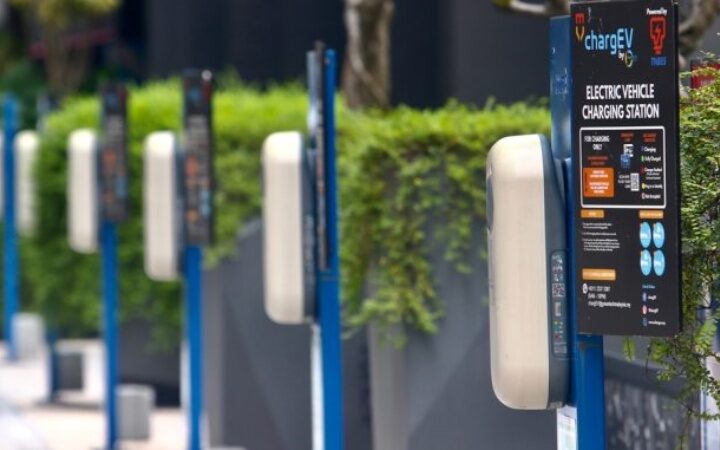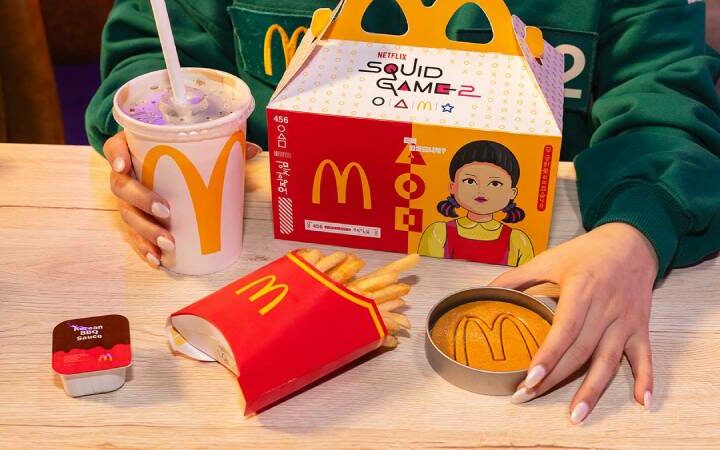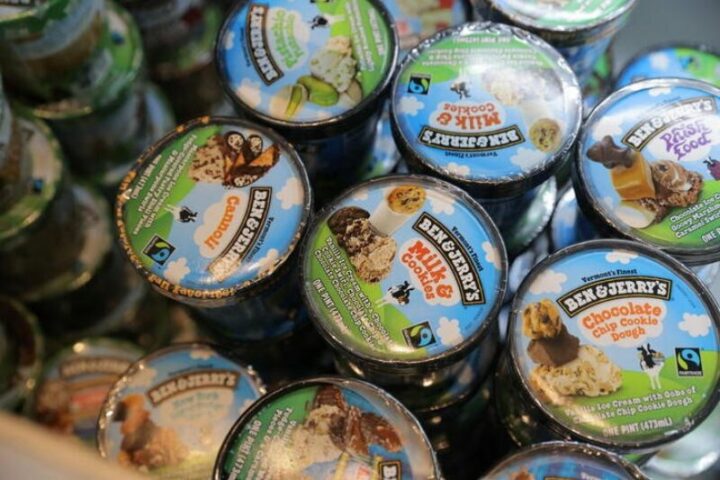In a world where countless brands compete for consumer attention, it’s crucial to create a lasting connection with your audience. Winning over your customers often has more to do with how you make them feel than the specific product you sell. Brand advertising is key to influencing consumers’ opinions of your company.
Learn how to use brand advertising strategies to build your brand, connect with your customers, and create long-term relationships.
What is Brand Advertising?
Brand advertising is the process of building a consistent brand identity rather than selling a specific product or service. The goal is to increase brand awareness and credibility through the use of compelling messaging and easily recognizable visuals across channels.
Effective brand advertising creates an emotional connection between your company and your consumers, fostering long-term relationships. This strategic approach not only increases brand awareness, it also contributes to lasting customer loyalty, ensuring your brand remains top of mind when consumers are making purchasing decisions.
Brand Advertising vs. Direct Response Advertising
Brand advertising forms the basis for long-term customer loyalty, while direct response marketing produces immediate, measurable results. Both approaches can be used in a balanced marketing strategy. Here are the similarities and differences:
Goals
Similarities: Both strategies aim to increase engagement and create a connection with potential and existing customers.
Differences: In brand promotion, marketers focus on building a strong brand identity to build long-term relationships with their target audience. The primary goal is to increase brand awareness and foster long-term brand loyalty. Direct response marketing is designed to elicit an immediate action from your target audience. This type of advertising focuses on eliciting a quick response, such as a purchase, registration, or inquiry.
Techniques
Similarities: Marketing teams can implement both strategies using similar channels, such as newsletters and social media.
Differences: Brand advertising campaigns often use emotional storytelling, consistent messaging, and memorable imagery to create a lasting impression. These ad campaigns aim to build trust and credibility and encourage customers to choose your brand over your competitors. Direct response ads, on the other hand, are more direct and often include a clear call to action (CTA) such as “Buy now,” “Call today,” or “Click here.”
Success
Difference: Because the goal of a brand advertising campaign is brand awareness and customer loyalty, not immediate sales, it is difficult to measure performance. The availability of metrics such as sales and conversions makes it easier to measure the success of a direct response campaign.
How to use brand advertising
To build long-term relationships, brands need to build trust and a bond with their customers. Here are seven brand advertising strategies to achieve this:
- Build an emotional connection
Appeal to consumers’ emotions to build a strong connection that goes beyond the product. Think of Subaru commercials, which usually show a family gathering in nature. In these brand ads, the product is the backdrop to an emotional story that gives consumers a warm and fuzzy feeling. This engagement increases customer loyalty because your audience feels understood and valued.
Emotional advertising works at a deeper level than the obvious request to buy your product, making your brand more memorable and identifiable. When consumers associate positive emotions with your brand, they are more likely to choose it over a competitor.
- Use powerful visuals
Compelling images grab attention immediately and communicate your message more powerfully than words alone. Using visual elements like your logo, brand colors and a specific aesthetic to create a memorable brand image makes it easier for potential customers to remember your brand.
Strong visuals evoke emotions and simplify complex ideas, making your ads more engaging and easier to understand. This visual impact can differentiate your brand from competitors and strengthen your brand identity. Plus, customers are more likely to share memorable images on social media, increasing reach and visibility.
One of the most well-known examples of brand advertising is the instantly recognizable Nike swoosh. Or consider how Glossier uses millennial pink and trendy minimalist packaging, fun stickers and bubble wrap to create an aesthetic that’s both recognizable and appealing to its target audience.
- Personalize your marketing strategy
By tailoring messages and offers to individual preferences and behaviors, brands can create more relevant and engaging experiences for consumers. Understanding and leveraging detailed buyer personas allows companies to deliver targeted content that resonates with specific segments. This approach makes customers feel understood and valued, fostering deeper connections and building trust.
For example, Spotify uses user data to create personalized playlists for customers to share on social media for its end-of-year Spotify Wrapped campaign. Meeting the unique needs and desires of each customer helps your brand stand out in a crowded marketplace.
- Align your brand with a cause
Cause marketing can be a highly effective brand advertising strategy. By aligning with social, political or environmental causes, brands can demonstrate their values and commitment to making a positive impact.
Think of Patagonia’s environmental responsibility program or its Always Like a Girl campaign to fight sexism and boost the self-confidence of young girls. This type of approach resonates with consumers who share similar values, fostering a deeper emotional connection and increasing brand loyalty. Cause marketing differentiates your brand from its competitors and demonstrates its social responsibility and ethical stance. It can also attract positive media attention, generate goodwill and enhance your brand’s reputation.
- Use Content Marketing
Content marketing can strengthen your brand’s story and build a powerful connection with consumers. By creating and sharing valuable, relevant content, brands can engage their audience and build trust over time. A well-thought-out content marketing strategy allows your brand to tell its story in an engaging way and showcase its values, mission, and unique products.
For example, cookware company Our Place runs a blog with recipes that encourage the use of their products. This approach helps establish your brand as an authority in your industry, increase organic traffic, and strengthen customer loyalty. Consistently high-quality content keeps your audience informed and engaged, improving your brand awareness and reputation.
- Collaborate with influencers
Another way to reach potential customers is influencer marketing. According to a Matter study, 69% of consumers say they are more likely to trust information from friends, family, and influencers than information they get directly from a brand.
Healthys, an e-commerce company that sells time-marked water bottles to help users track their water intake, launched its first product in collaboration with an influencer. The brand sent bottles to relevant content creators, including fitness and fashion bloggers, and asked them to leave honest reviews, but only if they really wanted to. By allowing influencers to decide what (if anything) they want to say, consumers receive authentic reviews of products, resulting in increased interest in and trust in the brand.
- Connect through experiences
Connecting with customers through personal experiences can be a powerful branding strategy. Community events and pop-up shops help brands connect directly with their target audience and create memorable experiences that can’t be replicated on digital platforms.
For example, Lululemon frequently hosts community events, such as yoga classes and running clubs, in its stores. This not only gives people a reason to come to the store, but it also fosters a sense of community among customers and strengthens the brand’s reputation. If your business doesn’t yet include a brick-and-mortar store, you can test setting up a pop-up shop to generate awareness and excitement for your brand.
- NBA Rookie of the Year Favorite: Former UConn Huskies Star Guard - December 17, 2024
- Where to Watch the ‘Yellowstone’ Finale Without Cable: A Simple Guide - December 14, 2024
- Wendy’s is celebrating the festive season with 12 days of ‘Bow-Go’ deals exclusively on the app - December 13, 2024








